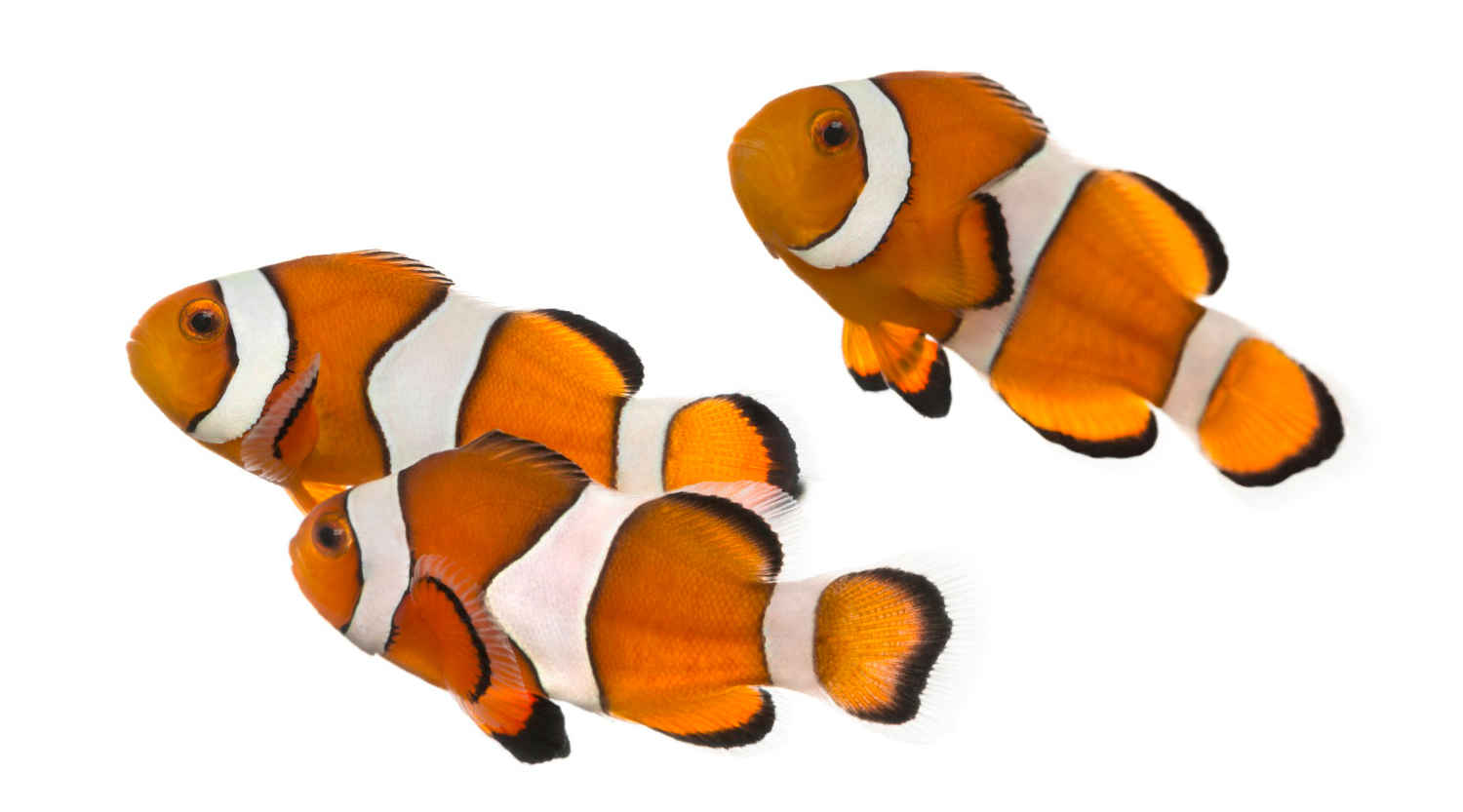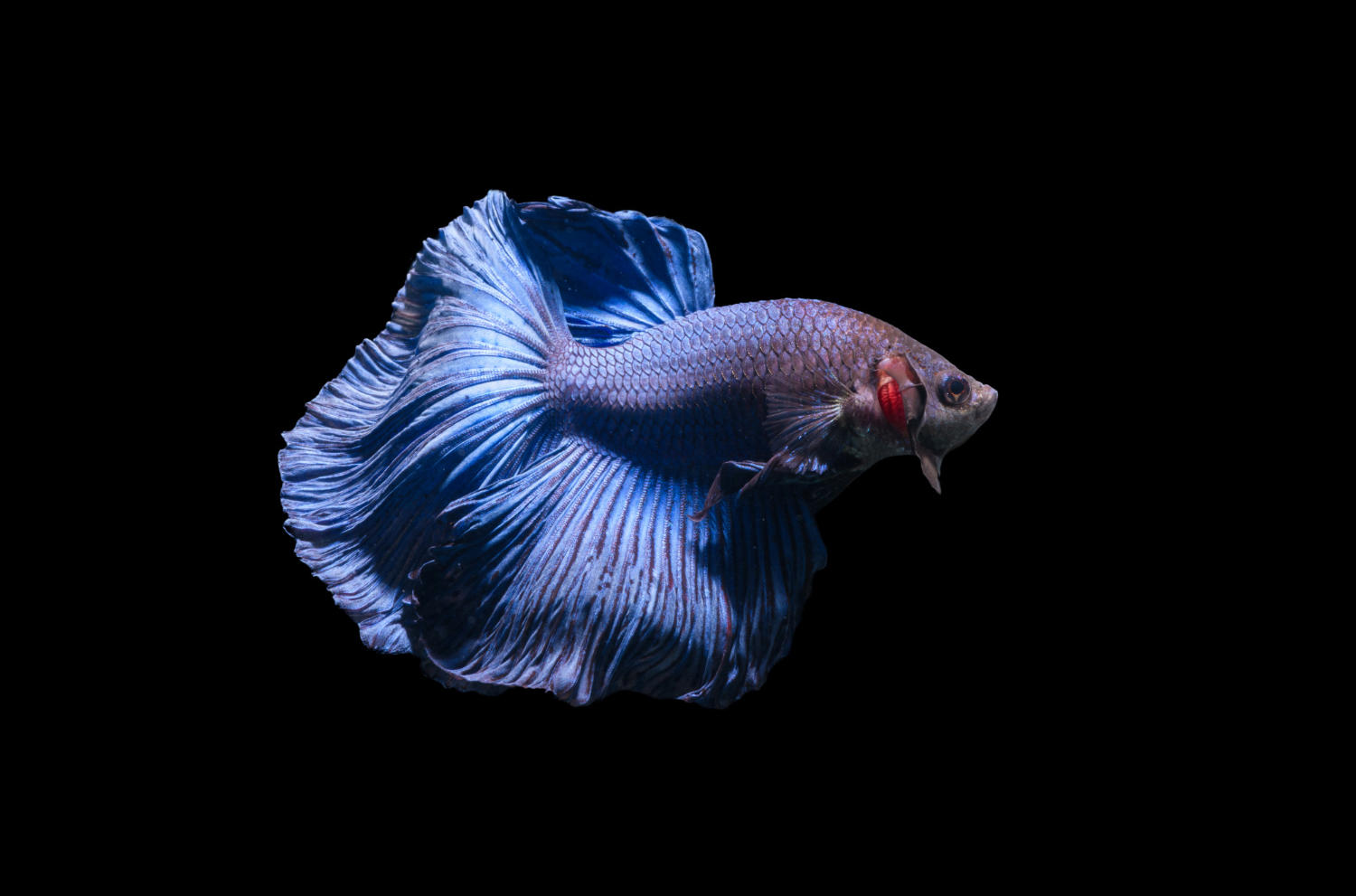There’s nothing quite like the beauty of a well-maintained fish tank. It’s a wonderful feeling to sit back and watch your little aquatic friends swim around in their own little world. However, with great beauty comes great responsibility, and it’s up to you to keep that world clean and healthy. One of the most important things you can do to ensure the well-being of your fish is to monitor the water quality in your tank. But with so many options available, it can be overwhelming to figure out the best way to do so. In this guide, we’ll walk you through the ultimate ways to monitor water quality in your fish tank, ensuring your fish stay happy and healthy.
Fishkeeping is an enjoyable and rewarding hobby, but it requires a lot of care and attention to keep your fish healthy and happy. One of the most critical aspects of maintaining a healthy fish tank is monitoring water quality. Fish live and breathe in water, so it’s essential to ensure that the water in their tank is clean and free of harmful substances.
In this guide, we will discuss the best ways to monitor water quality in your fish tank. We’ll cover the different tests you can perform, what to look for, and how to address any issues that arise. By the end of this guide, you’ll have the knowledge and tools you need to maintain a healthy habitat for your fish.
Testing Water Quality:
The first step in monitoring water quality is to test the water regularly. There are several different tests you can perform to ensure that your fish tank’s water is clean and healthy. The most common tests include:
1. pH Test: The pH level of water is a measure of its acidity or alkalinity. Fish prefer a pH level between 6.5 and 7.5. If the pH level is too high or too low, it can harm your fish. You can test the pH level of your water using a pH test kit.
2. Ammonia Test: Fish produce waste, which can turn into ammonia if left unchecked. Ammonia is toxic to fish and can harm them if the levels are too high. You can test the ammonia levels in your water using an ammonia test kit.
3. Nitrite Test: Nitrite is produced when beneficial bacteria break down ammonia in the water. Nitrite is also toxic to fish, so it’s essential to keep the levels low. You can test the nitrite levels in your water using a nitrite test kit.
4. Nitrate Test: Nitrate is produced when beneficial bacteria break down nitrite in the water. Nitrate is less harmful than ammonia and nitrite, but high levels can still be harmful to your fish. You can test the nitrate levels in your water using a nitrate test kit.
What to Look For:
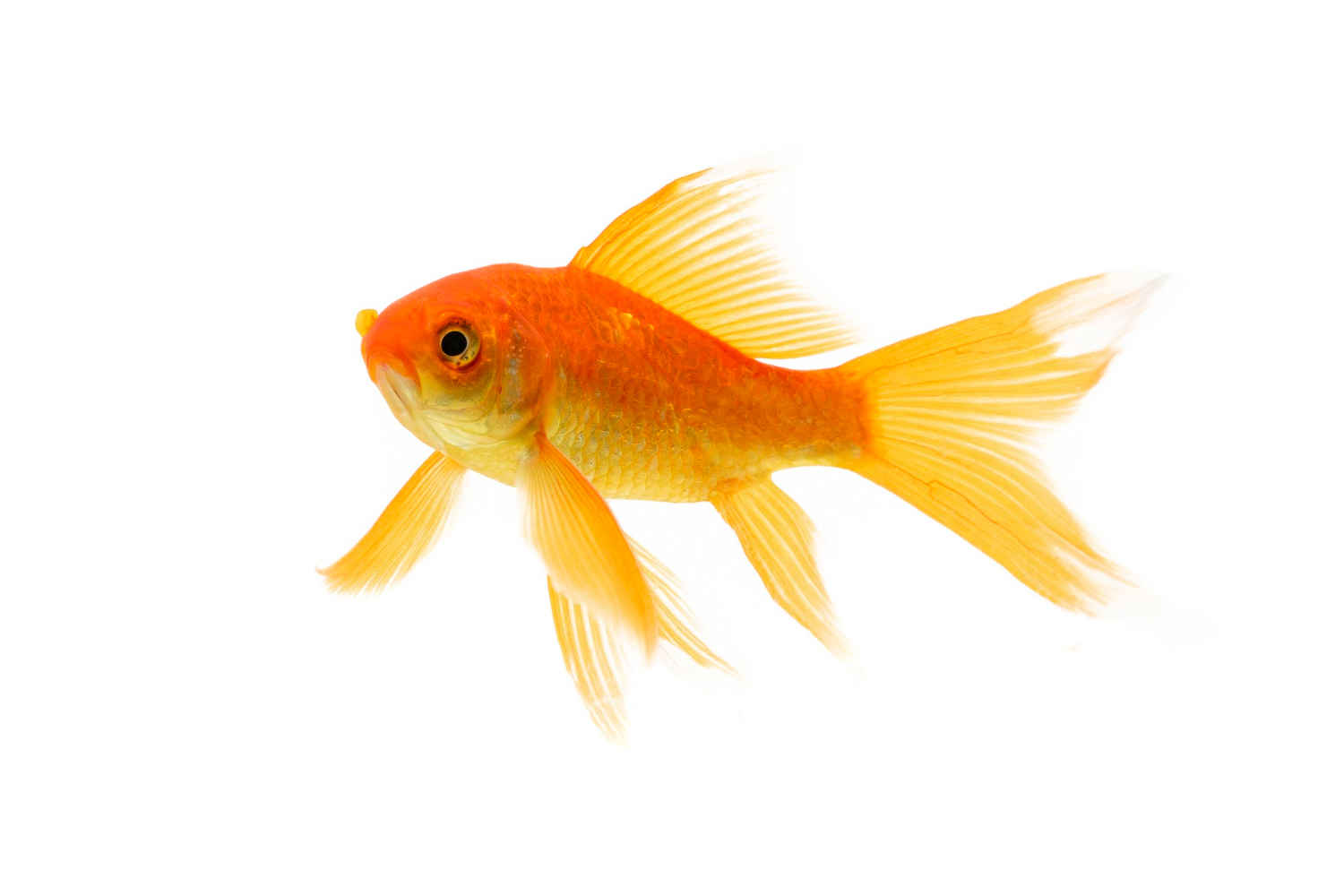
Once you’ve tested your water, you’ll need to know what to look for. Here are a few things to keep an eye on:
1. Cloudy Water: Cloudy water can indicate that there’s a problem with the water quality. It may be a sign of high ammonia or nitrite levels or overfeeding.
2. Algae Growth: Algae can grow quickly in a fish tank if there’s too much light or if the water is too warm. Algae can be harmful to fish, so it’s essential to keep it under control.
3. Fish Behavior: If your fish are lethargic or not eating, it could be a sign that the water quality is poor. Keep an eye on your fish’s behavior and look for any changes.
Addressing Water Quality Issues:
If you notice any issues with your water quality, it’s important to address them as soon as possible. Here are a few tips for addressing water quality issues:
1. Conduct Frequent Water Changes: Regular water changes can help keep the water clean and fresh. Depending on the size of your tank, you may need to do partial water changes weekly or bi-weekly.
2. Adjust Feeding: Overfeeding can lead to excess waste, which can harm your fish and increase the levels of ammonia and nitrite in the water. Be sure to feed your fish the appropriate amount and remove any uneaten food.
3. Add Beneficial Bacteria: Beneficial bacteria can help break down waste and maintain a healthy balance in the tank. You can add beneficial bacteria to your tank through commercial products or by adding live plants or decorations.
Maintaining a healthy habitat for your fish is essential for their well-being and longevity. Regularly testing your water quality, monitoring for any issues, and addressing them promptly can help you keep your fish tank clean and healthy. By following the tips outlined in this guide, you’ll be able to provide your fish with a safe and happy home.
In conclusion, monitoring water quality is vital to keeping your fish healthy and happy. With the right tools and knowledge, you can maintain a healthy habitat for your fish and enjoy their company for years to come. Remember to test your water regularly, keep your tank clean, and make any necessary adjustments to your filtration system. By following these guidelines, you will create a thriving environment for your fish to thrive in. So, go ahead and take the plunge into the world of fishkeeping, and enjoy the beauty and serenity of your aquarium!


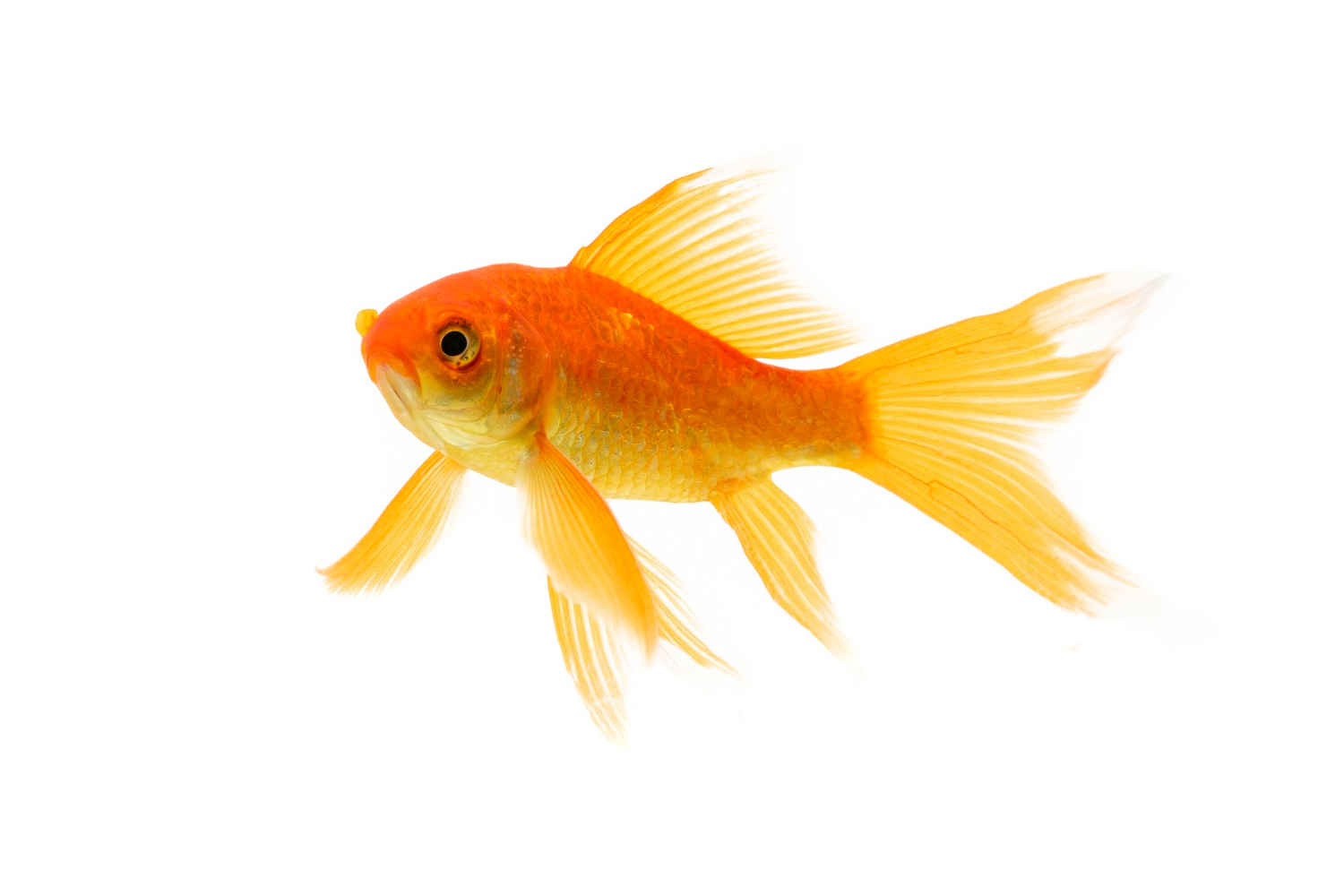
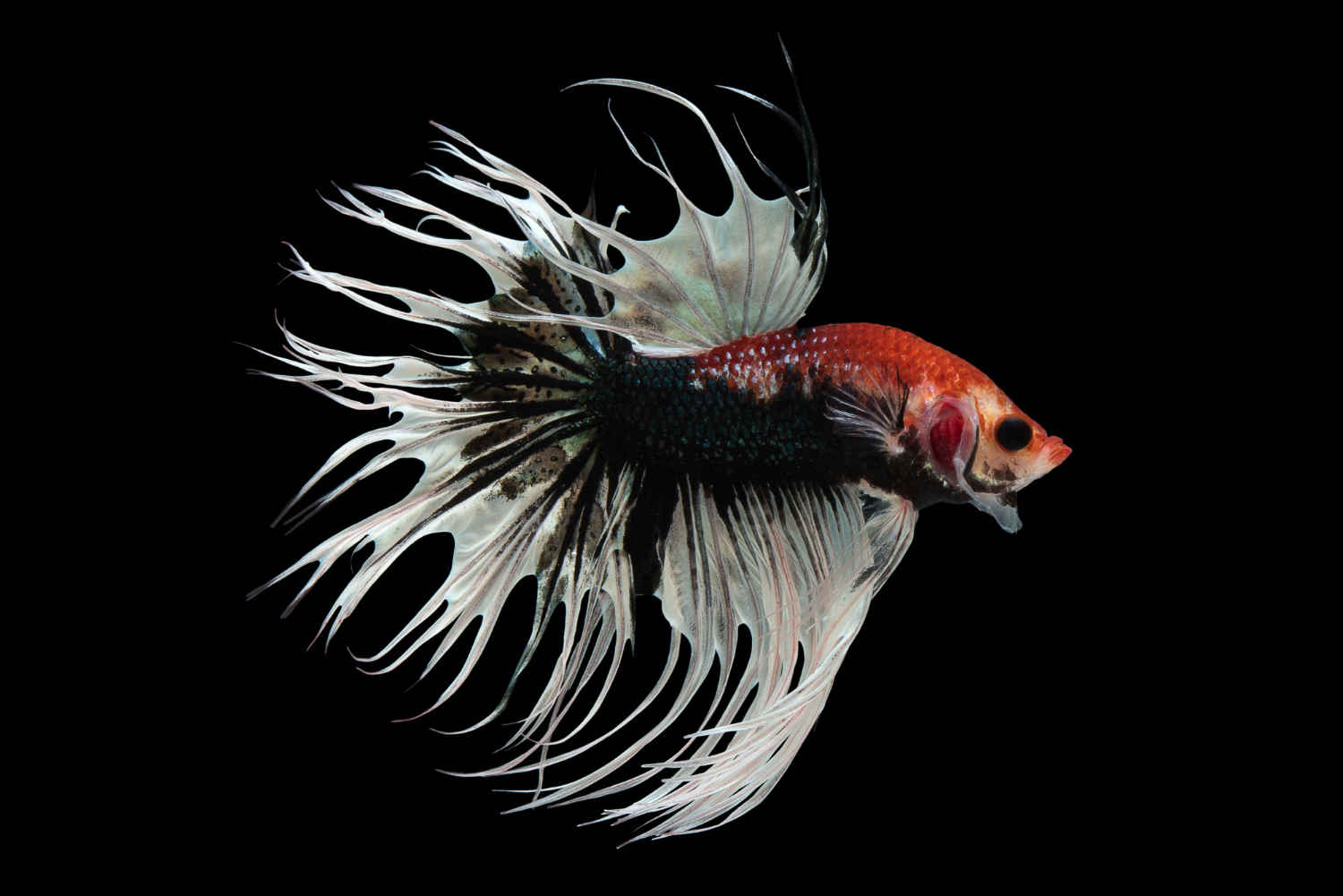
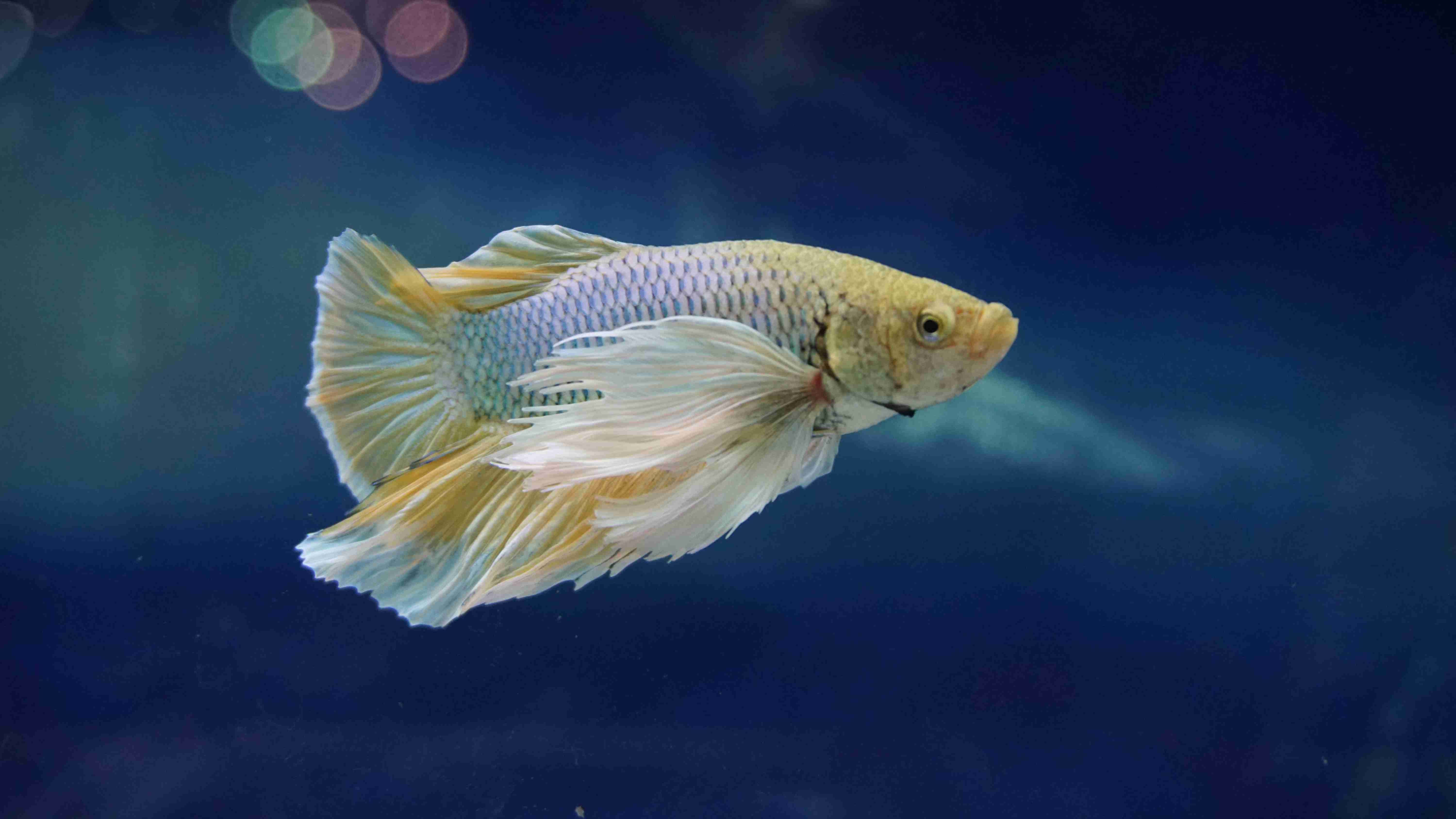
.jpg)
